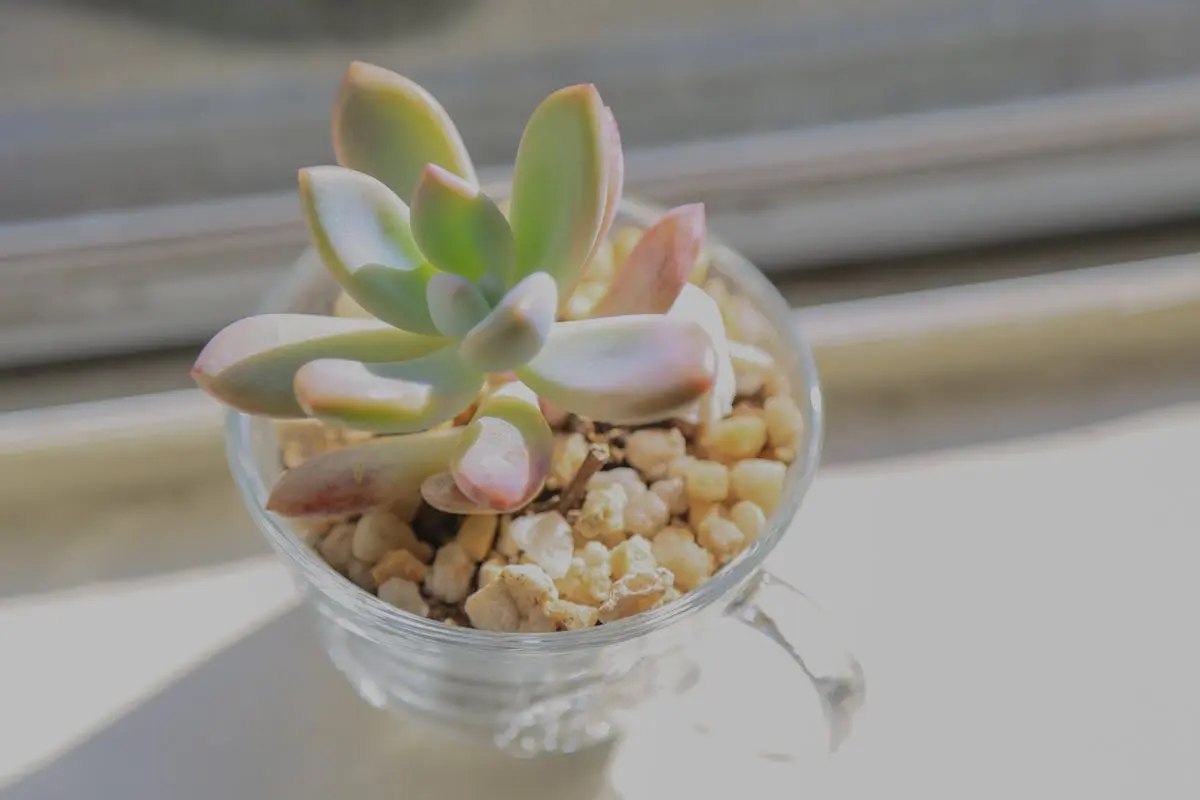Sunlight Requirements for Succulents
Succulents are known for their ability to thrive in low-water conditions, but their lighting needs can vary significantly depending on the species. Understanding the specific sunlight requirements of your succulent collection is crucial for ensuring healthy growth and vibrant colors. Let’s explore the different lighting needs of various succulents.
Types of Sunlight
- Full Sun: This means the succulent receives direct sunlight for most of the day.
- Partial Sun: The succulent receives direct sunlight for part of the day and indirect sunlight for the rest.
- Filtered Sunlight: The sunlight is diffused through trees or other objects.
- Low Light: The succulent receives minimal or no direct sunlight.
Succulents by Lighting Needs
Full Sun Succulents
- Echeveria: Known for their beautiful rosettes and vibrant colors.
- Haworthia: Typically have thick, fleshy leaves and can tolerate harsh sunlight.
- Lithops: Often referred to as “living stones” due to their rock-like appearance.
Partial Sun Succulents
- Aloe Vera: A popular succulent with medicinal properties.
- Burro’s Tail: A trailing succulent with long, donkey-tail-like stems.
- Jade Plant: A popular houseplant known for its good luck symbolism.
Filtered Sunlight Succulents
- String of Pearls: A trailing succulent with tiny, pearl-like beads.
- String of Hearts: A trailing succulent with heart-shaped leaves.
- Panda Plant: A unique succulent with fuzzy, panda-like markings.
Low Light Succulents
- Snake Plant: A popular houseplant known for its air-purifying properties.
- ZZ Plant: A hardy succulent that can tolerate low light conditions.
- Moth Orchid: A flowering succulent that thrives in low light environments.
Signs of Insufficient or Excessive Light
- Leggy growth: If a succulent becomes tall and spindly, it may be seeking more light.
- Pale or yellow leaves: This could indicate that the succulent is receiving too much light.
- Sunburn: Brown spots or lesions on the leaves can be a sign of sunburn.
Tips for Providing Optimal Light
- Rotate your plants regularly: This ensures that all sides of the plant receive equal sunlight.
- Use sheer curtains or blinds to diffuse direct sunlight: This can protect succulents from sunburn.
- Consider a grow light: For indoor succulents, a grow light can provide supplemental light during the winter months.
By understanding the specific lighting needs of your succulents, you can create the ideal environment for them to thrive and showcase their beauty.


